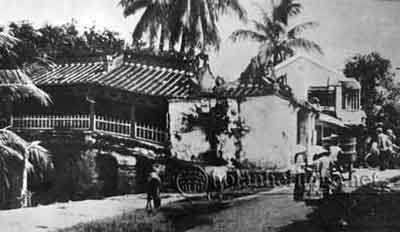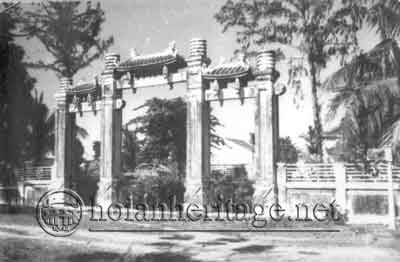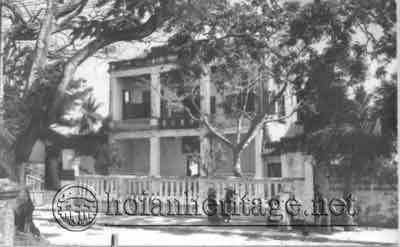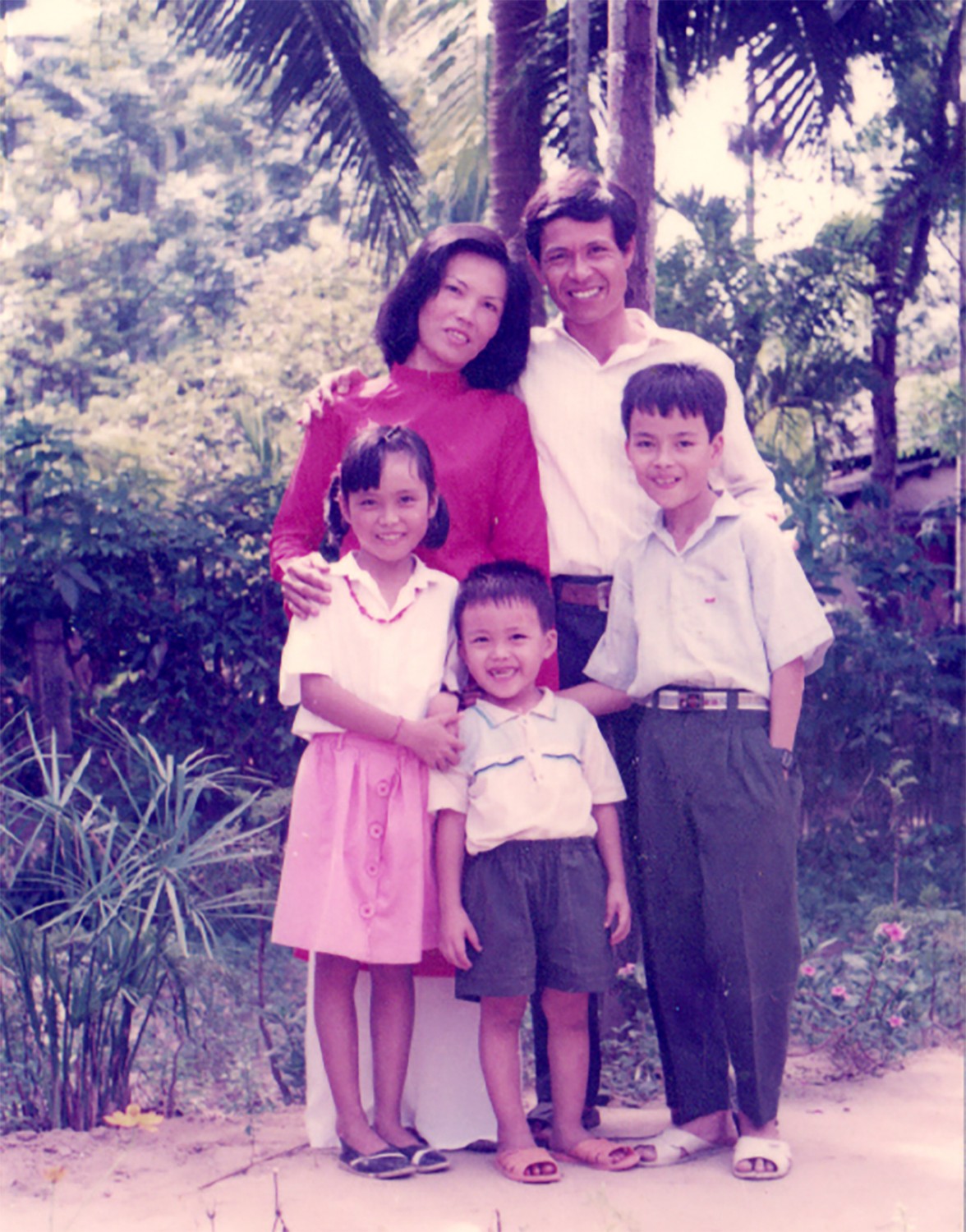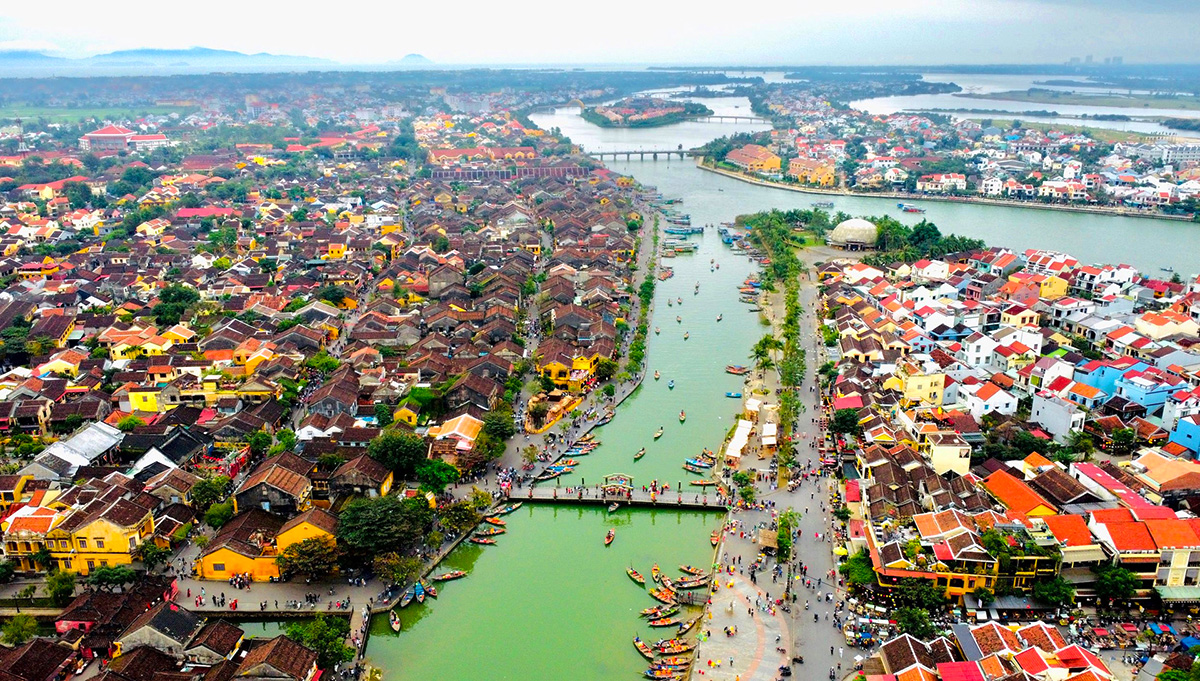Hoi An Center for Cultural Heritage Management and preservation
Japanese Covered Bridge in Hoi An - Renovations
Although the exact time of the beginning and the end of the construction process, until nowadays, still remain hidden, at present, Cau Pagoda has become an architectural symbol of Hoi An cultural heritage and an evidence of a period of prosperous development of Hoi An commercial port town as well as such as the relationship and cultural exchange between Vietnam, Japan, China and Western countries in Hoi An many centuries ago... Cau Pagoda is also known as the Japanese Covered Bridge, the name at the monument is Lai Vien Kieu (Lai Vien Bridge, it means the bridge of friends from afar).
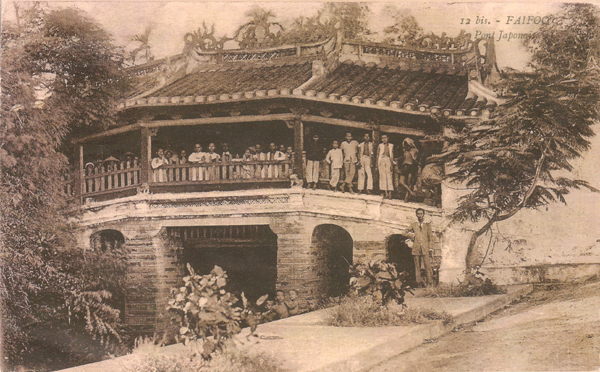
With the values of architectural art and culture, from the first decades of the 20th century, Japanese Covered Bridge was listed at the national level by the French Institute of the Far East, along with 2 other monuments in Hoi An (Ba Mu - Ong Chu Pagoda [Pagoda de la Maternitéouou] and Chaozhou Assembly Hall). Ba Mu - Ong Chu Pagodas is Cam Ha and Hai Binh Palaces. This architectural work only has a large-scale entrance gate called Ba Mu Pagoda Gate. The image of Japanese Covered Bridge is also printed on the French colonial postcard, such as the image of the facade or the east of Japanese Covered Bridge. In the 1960s of the 20th century, the image of the bridge was again printed on the stamp of Quang Nam province. On February 17th, 1990, Hoi An Ancient Town, Fujian Assembly Hall, Tan Ky old house and Japanese Covered Bridge were ranked at national level by the Ministry of Culture (now the Ministry of Culture, Sports and Tourism). These are the first relics ranked at national level in Hoi An. On May 17, 2006, the State Bank of Vietnam issued 20,000 Dong Polymer Banknote with dark blue color, size 136 x 65mm, decorated with landscape image of Japanese Covered Bridge of the World Cultural Heritage Site - Hoi An Ancient Town. Japanese Covered Bridge has become a symbol of Hoi An city, also one of the most interesting tourist attractions.

In addition to being researched to identify and honor the values, the Cau Pagoda relic has been preserved intact by the Hoi An community until now. Ever since it was built until now, Japanese Covered Bridge had gone through a total of 7 times being repaired, in 1763, 1817, 1875, 1917, 1962, 1986 and 1996.
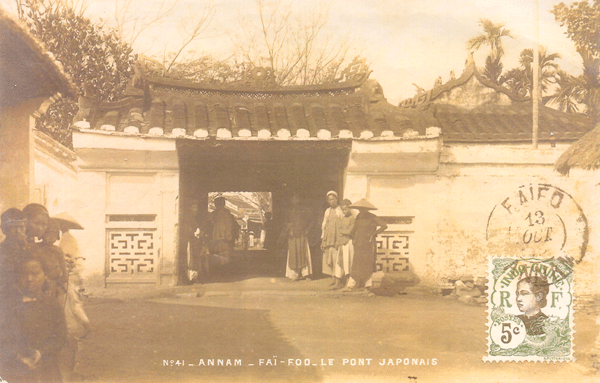
The first renovation in 1763 was done by Mr. Truong Hoang Co - the leader of the Minh Huong Commune and all people of Minh Huong Commune. 54 years later, in 1817, the people in Minh Huong Commune continued to repair and reinforce Japanese Covered Bridge.
In 1875, the third time, Japanese Covered Bridge was fixed by the people in Minh Huong Commune. The process was joined by other businessmen who lived in Hoi An.
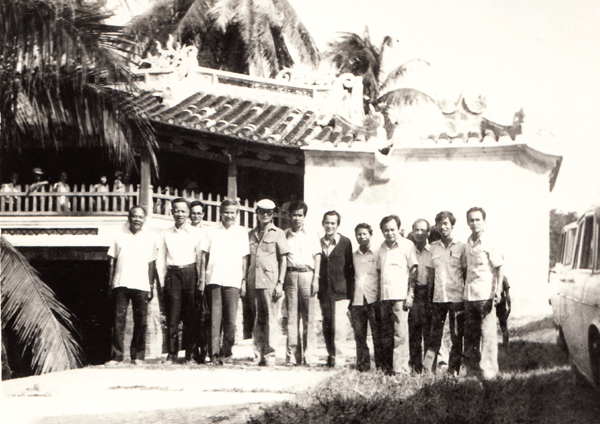
During the French colonial period, the government and residents renovated the Bridge again. Especially in 1915, the French Chief of Mission Lesterlin Galtier had used a portion of his treasury for the renovation of the Japanese Covered Bridge.
In 1962, the Japanese Covered Bridge continued to be repaired by the Quang Nam provincial government. Until that time, there had been certain damages and rottings visible in the monument.
The last two renovations in 1986 and 1996 were considered as the two most massive ones. The restoration in 1986 was carried from August to October of that year, led by the Ministry of Culture, Sports and Tourism and People’s Committee of Hoi An Town (now People’s Committee of Hoi An City). That was when the roof and the floor were fixed into nowadays condition. In 1996, the bridge continued to be restored by People’s Committee of Hoi An Town.
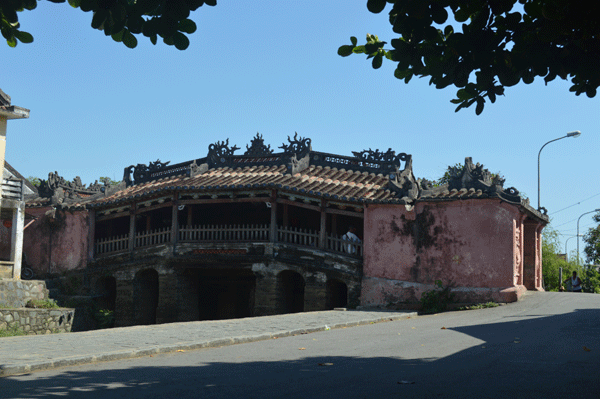
Author: Hồng Việt
Source: Hoi An Center for Cultural Heritage Management and Preservation
Newer articles
